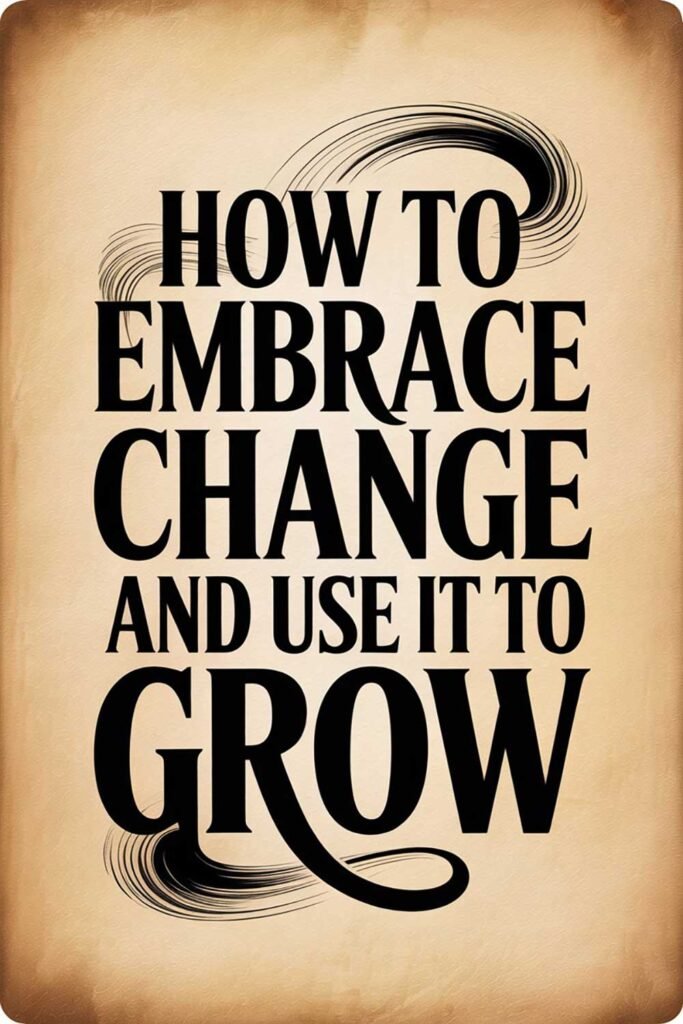
How to Structure a Speech That Captivates an Audience
Public speaking is not just about delivering words—it’s about engaging, inspiring, and persuading. A well-structured speech can make the difference between a forgettable presentation and one that truly resonates with an audience. But how do you structure a speech in a way that keeps people hooked from start to finish?
This guide will break down the key components of an effective speech, step by step, so you can craft compelling presentations that leave a lasting impact.
Step 1: Start with a Strong Hook
Your opening sets the tone and determines whether your audience will stay engaged. Within the first few seconds, you need to grab their attention.
Ways to Open Powerfully:
- Ask a Provocative Question – “What if I told you that in just five minutes, you could double your confidence?”
- Start with a Story – Personal anecdotes build immediate connection.
- Use a Shocking Statistic – “Did you know that 75% of people fear public speaking more than death?”
- Quote a Famous Person – “As Mark Twain once said, ‘It usually takes me more than three weeks to prepare a good impromptu speech.'”
Once you’ve hooked your audience, introduce yourself (if necessary) and briefly state the purpose of your speech.
Step 2: Establish a Clear Structure
A strong speech follows a logical flow. The classic structure includes:
- Introduction – Grab attention and introduce your main idea.
- Body – Present your key points with supporting evidence.
- Conclusion – Reinforce your message and leave a lasting impression.
Let’s break this down further.
Step 3: Build a Compelling Body
The body of your speech should be organized, engaging, and easy to follow. Here’s how:
1. Use the Rule of Three
Audiences remember things better in sets of three. Structure your speech around three main points, making it digestible and memorable.
For example, if you’re giving a speech on productivity:
- Point 1: The importance of planning.
- Point 2: Eliminating distractions.
- Point 3: Time management techniques.
2. Support Each Point with Evidence
- Anecdotes – Personal experiences make your speech relatable.
- Statistics – Numbers add credibility to your argument.
- Quotes – Expert opinions strengthen your message.
- Examples – Real-life scenarios help illustrate your points.
3. Create Smooth Transitions
Awkward transitions can disrupt your speech’s flow. Instead of saying, “Moving on to my next point…”, try:
- “Let’s explore this idea further by looking at…”
- “Now that we’ve covered [previous point], let’s dive into…”
- “Building on what we just discussed…”
Step 4: Craft a Powerful Conclusion
Your closing should reinforce your message and leave a strong impact. Consider these elements:
1. Summarize Your Key Points
Briefly recap your main ideas without repeating yourself word-for-word.
2. End with a Call to Action
Give your audience something to do or think about:
- “Starting today, take one small step toward improving your communication skills.”
- “Challenge yourself to speak in front of a group this week.”
- “Share this message with someone who struggles with public speaking.”
3. End on a Memorable Note
- Circle back to your opening – If you started with a question or story, close with a resolution.
- Use a powerful quote – “As Winston Churchill once said, ‘Courage is what it takes to stand up and speak.’”
- Leave them with a final thought – “Remember, the most powerful speeches aren’t about perfection; they’re about connection.”
Step 5: Use Engaging Delivery Techniques
Even the best-structured speech can fall flat without proper delivery. Keep these in mind:
1. Vocal Variety
- Avoid a monotone voice—vary your tone, pitch, and pace.
- Use strategic pauses to let key points sink in.
2. Body Language
- Maintain eye contact to establish connection.
- Use hand gestures naturally.
- Move purposefully—don’t pace nervously.
3. Audience Interaction
- Ask rhetorical questions.
- Encourage participation when appropriate.
- React to audience responses to keep them engaged.
Final Thoughts: Your Speech is a Journey
A well-structured speech isn’t just about words—it’s about taking your audience on a journey. Whether you’re informing, persuading, or inspiring, structure is the key to keeping your message clear, memorable, and impactful.
With practice and the right techniques, you can craft speeches that captivate audiences and make a lasting impression.
Picture This
Imagine stepping onto the stage, your audience eagerly waiting. You start with a gripping question that pulls them in. As you smoothly navigate through your key points, you see heads nodding, eyes locked on you. When you deliver your final thought, the room is silent with anticipation—then erupts into applause. You nailed it. Your message was heard. And it all started with a well-structured speech.
Please Share This Article
If you found this guide helpful, please share it with someone who wants to improve their public speaking skills!






